Pupil progress tracking software for amazing schools.
Learning Ladders helps Primary and Early Years teams to keep on top of assessment data, prepare for inspections, and keep parents informed. Our student progress tracking software features powerful data, custom frameworks, automated student reports and linked parent resources in 100 languages.

STUDENT progress tracking SOFTWARE trusted by the world's best schools
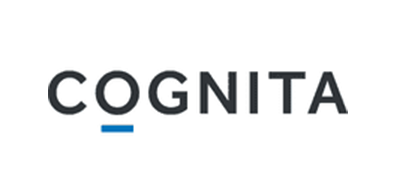

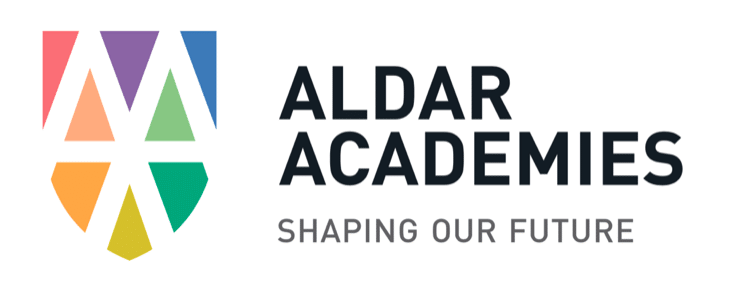
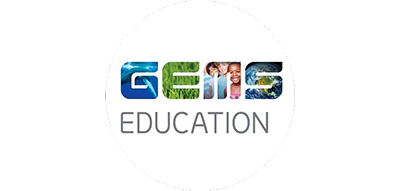
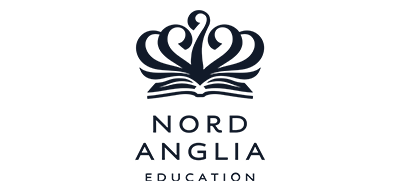
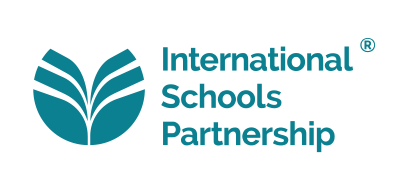
Student progress tracking software that does much, much more!
Does your pupil progress tracker also solve parental engagement, EYFS tracking, end-of-term reports, and online portfolios? Ours does!

The only student progress tracking software you'll ever need
- Any curriculum framework (including your own), in any language, for any subject is just the start.
- Choose how you track assessment, how often, and how to report it.
- Update frameworks without losing data.
- Use our tools specifically for teachers, Senior Leaders, Data Managers, Governors and Parents.
Pupil tracking tailored to your school
Choose simple teacher assessments, or more detailed recording of objectives – it’s up to you. Learning Ladders fits the way you teach and assess.
Gap Analysis
Our Gap Analysis means teachers can see children’s starting points and gaps in learning across all subjects in a single click, and not just for this year but for all previous years too. No more guesswork.
Scenario-Led Data
We build data reports the way teachers actually need them – all based on real-life scenarios. Powerful analytics, that’s easy to use, and gets you to the insights you need quickly.
External Data - GL Data Dashboard
Import any external data* to get a complete picture For GL users we even have our much-loved GL Data Dashboard to compare your CAT4, PT and PASS data against your internal assessments. (*with SAS score)
Parental Engagement fully integrated
Learning Ladders is the only student progress tracking system that also solves parental engagement, without adding to workload. The system does the hard work for you, sharing updates and linking to our bank of explanations for parents so they know exactly what’s happening and how to help.
Automated Student Reports
Learning Ladders automates writing your end-of-term Student Reports, and lets you bring them to life with video, voice notes and portfolios.
Homework & Assignments
We take the work out of remote learning with self-marking quizzes, completion audits and even student feedback. Choose your assignment type and publish in moments, to a Class, Group, individual student or even the whole school.
EYFS Tracker & Learning Journal
Our dedicated EYFS Tracker brings Early Years and Primary together, whist still allowing each their own settings and setup. Enjoy specialist assessment tracking alongside easy-to-use online observations and parent communications.
Assessment Frameworks
With Learning Ladders you can use any assessment framework for any subject in any language. We have award-winning frameworks included, or you can import your own in the click of a button, or mix and match – it’s up to you!
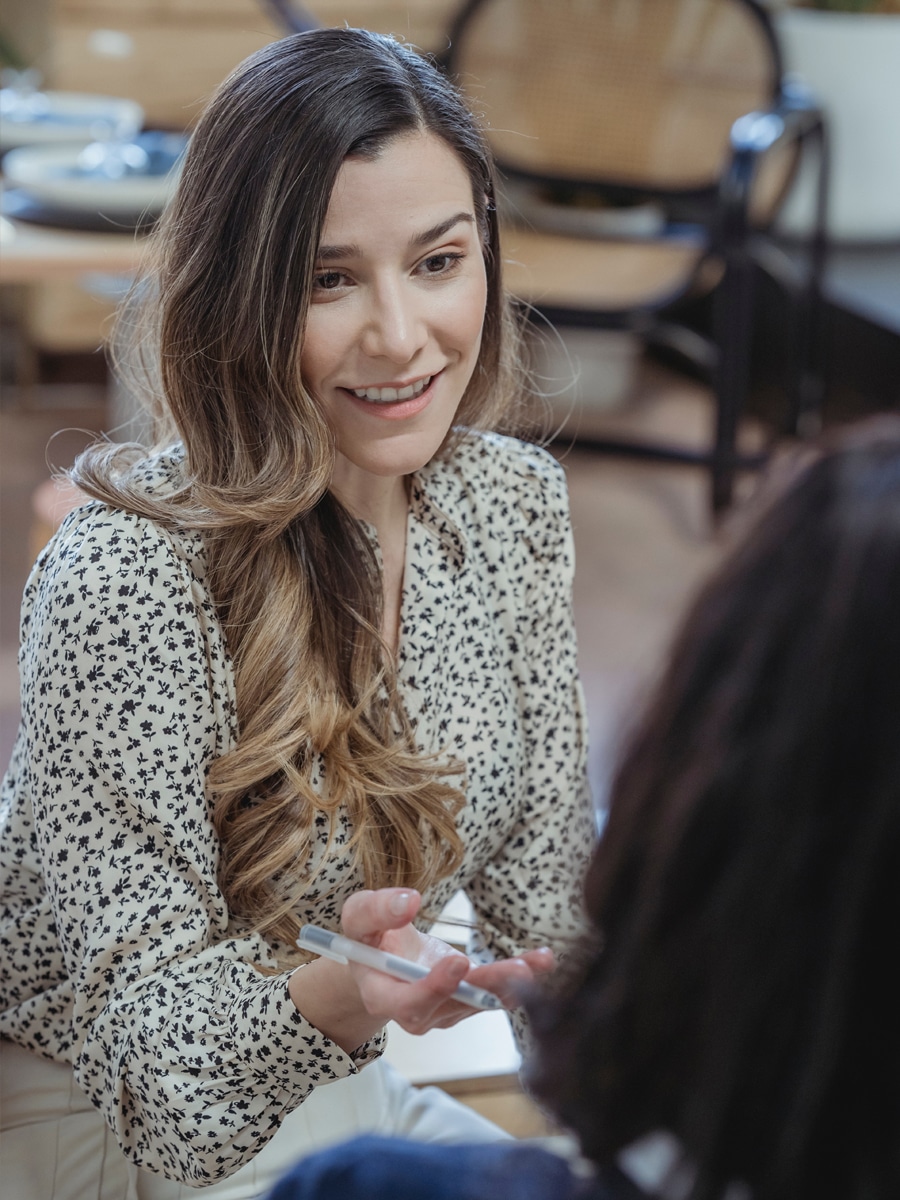
Let's get you up and running...
There’s no better way to see how Learning Ladders works than to try it!
-
Step 1
Fill in the 'Try for Free' form. -
Step 2
We'll email you a Guide, Terms & Conditions, and build a new site just for you. You'll have 30 days free access to a fully-specced Learning Ladders and Ladders at Home platform. -
Step 3
Login, invite colleagues and have an explore!
What our customers say
School leaders, teachers, parents and Inspectors love what we do – but don’t just take our word for it!
"Learning Ladders targets the children, supports the teachers knowledge and allows parents access to the data for their child to improve home-school communication."
Andy Smyllie
Principal
"One system which allows us to communicate with the parents as well as focus on individual student attainment."
Jeni Dellman
Head of Primary
"An excellent resource and a fantastic team who are always at the end of the phone."
Steven Deanus
Headteacher
Book a School Demo
If you’d prefer to discuss your requirements with us, simply book a free demo – we’ll be happy to take you on a personal tour!
